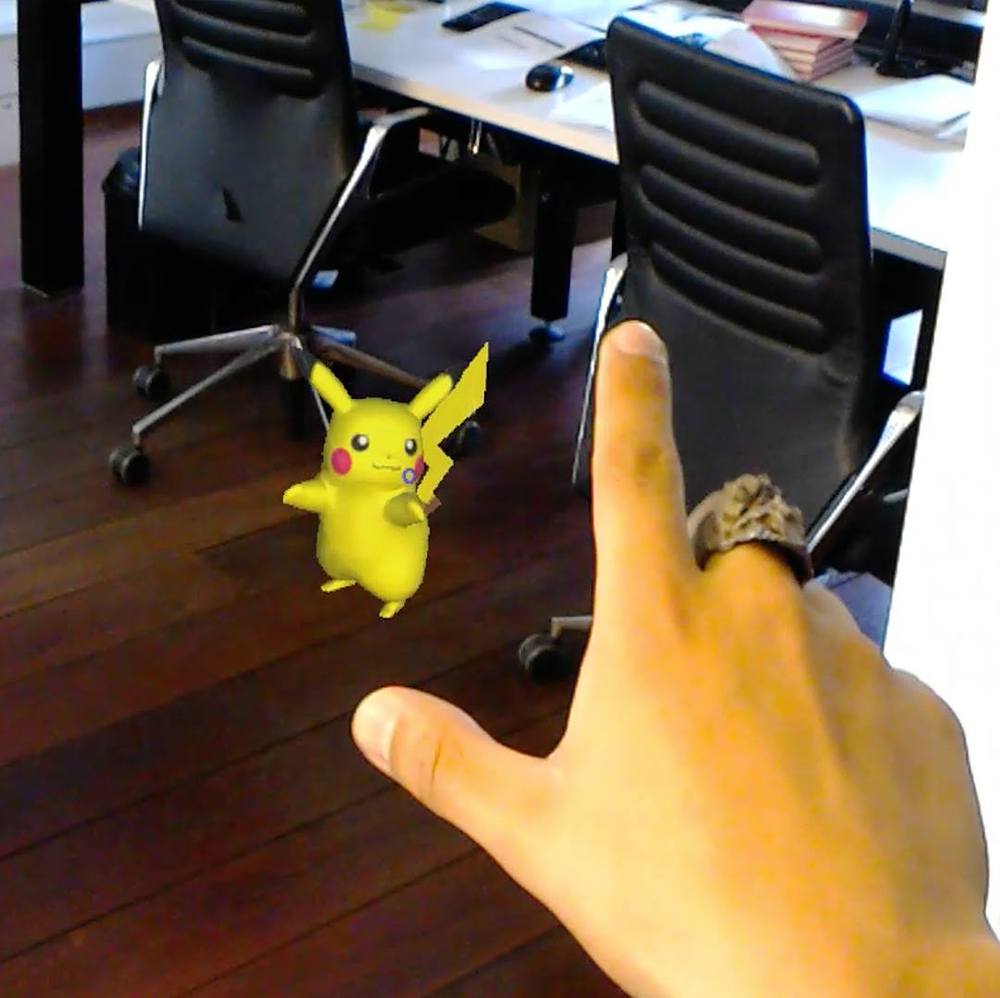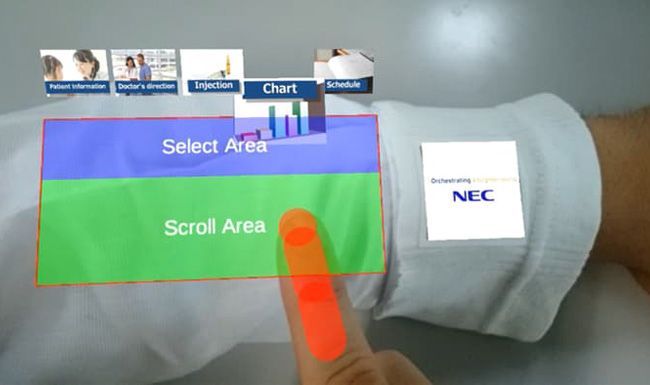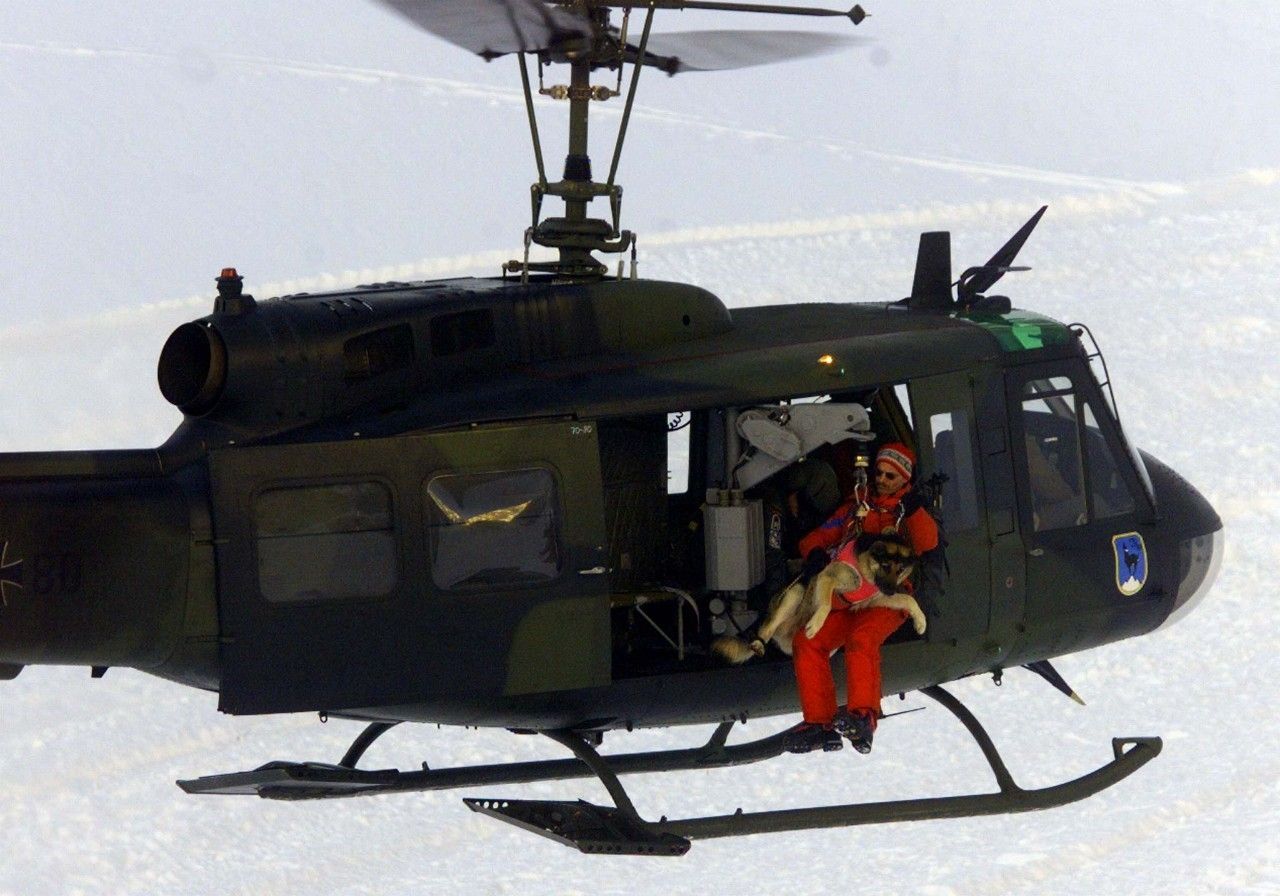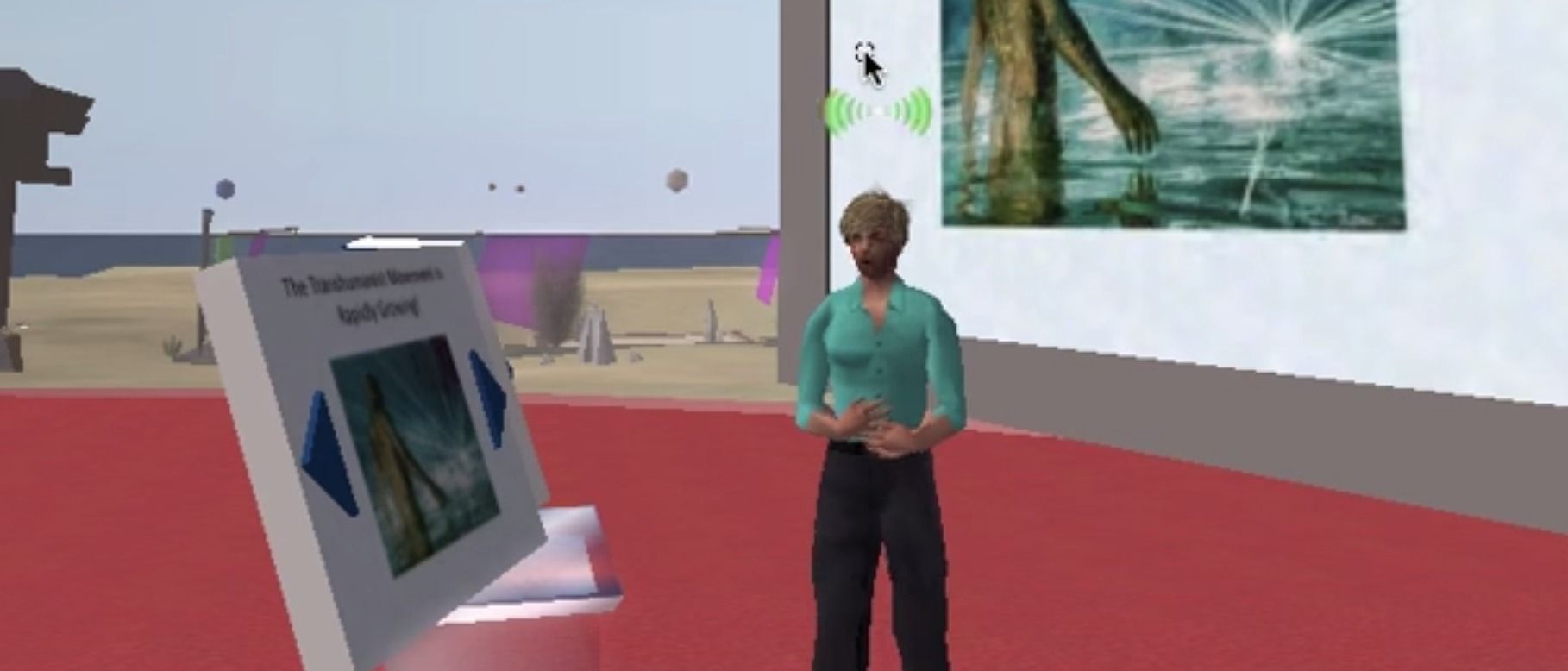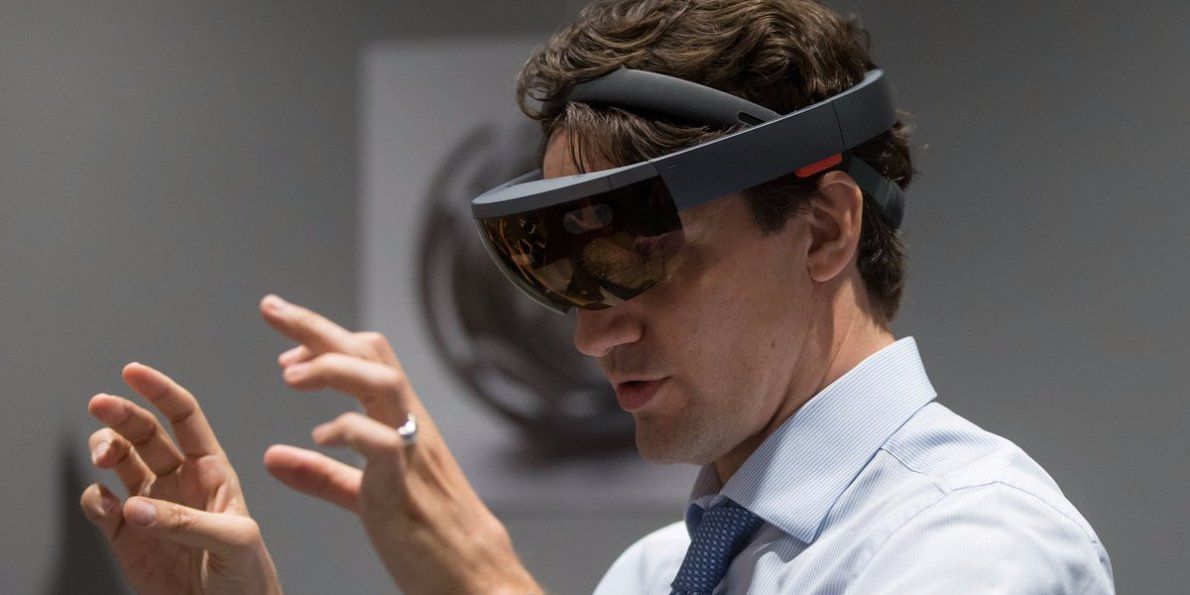Archive for the ‘augmented reality’ category: Page 56
Jul 13, 2016
With Augmented Reality, You Can Use Your Arm As A Keypad
Posted by Karen Hurst in category: augmented reality
Say hi to the ARmKeypad Air, which uses ‘smart glasses’ to turn the arm of a wearer into a virtual keyboard, allowing for contact-free use.
Jul 8, 2016
Inside Microsoft’s plan to outsmart Google
Posted by Klaus Baldauf in categories: augmented reality, habitats, internet, mobile phones, robotics/AI

Satya Nadella bounded into the conference room, eager to talk about intelligence. I was at Microsoft’s headquarters in Redmond, WA, and the company’s CEO was touting the company’s progress in building more intelligent apps and services. Each morning, he told me, he puts on a HoloLens, which enables him to look at a virtual, interactive calendar projected on a wall of his house. Nadella appeared giddy as he described it. The system was intelligent, productive, and futuristic: everything he hopes Microsoft will be under his leadership.
No matter where we work in the future, Nadella says, Microsoft will have a place in it. The company’s “conversation as a platform” offering, which it unveiled in March, represents a bet that chat-based interfaces will overtake apps as our primary way of using the internet: for finding information, for shopping, and for accessing a range of services. And apps will become smarter thanks to “cognitive APIs,” made available by Microsoft, that let them understand faces, emotions, and other information contained in photos and videos.
Continue reading “Inside Microsoft’s plan to outsmart Google” »
Jul 5, 2016
Augmented-reality headsets could help helicopter rescue pilots fly in dense fog
Posted by Karen Hurst in categories: augmented reality, engineering
Could augmented reality headsets help helicopter rescue pilots to fly more safely in extreme weather conditions — including heavy fog — in which they have poor visibility? That’s the question set out by a group of researchers at Germany’s Technical University of Munich (TUM). Their answer? An overwhelming yes.
Carried out in collaboration with the Institute of Helicopter Technology, the project uses a helicopter-mounted LIDAR (Light Detection and Ranging) system to create virtual images of upcoming hazards and other obstacles. This signal data is then processed onboard the helicopter and transmitted to the transparent head-mounted display worn by pilots.
“Databases containing obstacles and terrain data are used together with real-time data from sensors in order to substitute the lost visual cues in degraded visual environment” Franz Viertler, a professor of aeronautical engineering who worked on the project, told Digital Trends. “The other part of the research then deals with how to best visualize the data for the pilot in order to enable a safe flight. The head-mounted display is a perfect means to do this, because the pilots can keep their eyes out of the window, while they get additional information about hazardous obstacles.”
Continue reading “Augmented-reality headsets could help helicopter rescue pilots fly in dense fog” »
Jul 4, 2016
Artist Scarlett Raven Combines Oil Painting with AR in The Danger Tree
Posted by Karen Hurst in category: augmented reality
Nice.
Augmented reality and art combine in a new exhibition.
By Peter Graham
Continue reading “Artist Scarlett Raven Combines Oil Painting with AR in The Danger Tree” »
Jul 4, 2016
Researchers at TUM develop new helmet-mounted display
Posted by Karen Hurst in categories: augmented reality, business, computing
Fog, blizzards, gusts of wind — poor weather can often make the operation of rescue helicopters a highly risky business, and sometimes even impossible. A new helmet-mounted display, developed by researchers at the Technical University of Munich (TUM), may in the future be able to help pilots detect hazards at an early stage, even when their visibility is severely impaired: the information required to do this is created in an on-board computer and imported into digital eye glasses.
A new study has shown that this augmented reality improves the performance of pilots.
Thick clouds hang over the Tegernsee. The range of sight is just a few hundred meters. Under normal circumstances, a helicopter would not be allowed to take off in such weather — the danger that the pilot would not be able to react in time to a construction crane, a power line or a mountain would be too great.
Jun 28, 2016
How VR Gaming will Wake Us Up to our Fake Worlds
Posted by Odd Edges in categories: architecture, augmented reality, economics, entertainment, ethics, futurism, holograms, homo sapiens, internet, journalism, philosophy, posthumanism, virtual reality
Human civilization has always been a virtual reality. At the onset of culture, which was propagated through the proto-media of cave painting, the talking drum, music, fetish art making, oral tradition and the like, Homo sapiens began a march into cultural virtual realities, a march that would span the entirety of the human enterprise. We don’t often think of cultures as virtual realities, but there is no more apt descriptor for our widely diverse sociological organizations and interpretations than the metaphor of the “virtual reality.” Indeed, the virtual reality metaphor encompasses the complete human project.
Virtual Reality researchers, Jim Blascovich and Jeremy Bailenson, write in their book Infinite Reality; “[Cave art] is likely the first animation technology”, where it provided an early means of what they refer to as “virtual travel”. You are in the cave, but the media in that cave, the dynamic-drawn, fire-illuminated art, represents the plains and animals outside—a completely different environment, one facing entirely the opposite direction, beyond the mouth of the cave. When surrounded by cave art, alive with movement from flickering torches, you are at once inside the cave itself whilst the media experience surrounding you encourages you to indulge in fantasy, and to mentally simulate an entirely different environment. Blascovich and Bailenson suggest that in terms of the evolution of media technology, this was the very first immersive VR. Both the room and helmet-sized VRs used in the present day are but a sophistication of this original form of media VR tech.
Tags: culture, oculus rift, Society, virtual reality, VR
Jun 23, 2016
Wild Transhumanist Campaign Tech We’ll See in Future Presidential Elections
Posted by Zoltan Istvan in categories: augmented reality, drones, geopolitics, law, robotics/AI, transhumanism, virtual reality
My new story for Vice Motherboard on the future of political campaining:
Lest we think future elections are all about the candidates, perhaps the largest possibility on the horizon could come from digital direct democracy—the concept where citizens participate in real time input in the government. I gently advocate for a fourth branch of government, in which the people can vote on issues that matter to them and their decrees could have real legal consequence on Congress, the Supreme Court, and the Presidency.
Of course, that’s only if government even exists anymore. It’s possible the coming age of artificial intelligence and robots may replace the need for politicians. At least human ones. Some experts think superintelligent AI might be here in 10 to 15 years, so why not have a robot president that is totally altruistic and not susceptible to lobbyists and personal desires? This machine leader would simply always calculate the greatest good for the greatest amount of people, and go with that. No more Republicans, Democrats, Libertarians, Greens, or whatever else we are.
Continue reading “Wild Transhumanist Campaign Tech We’ll See in Future Presidential Elections” »

